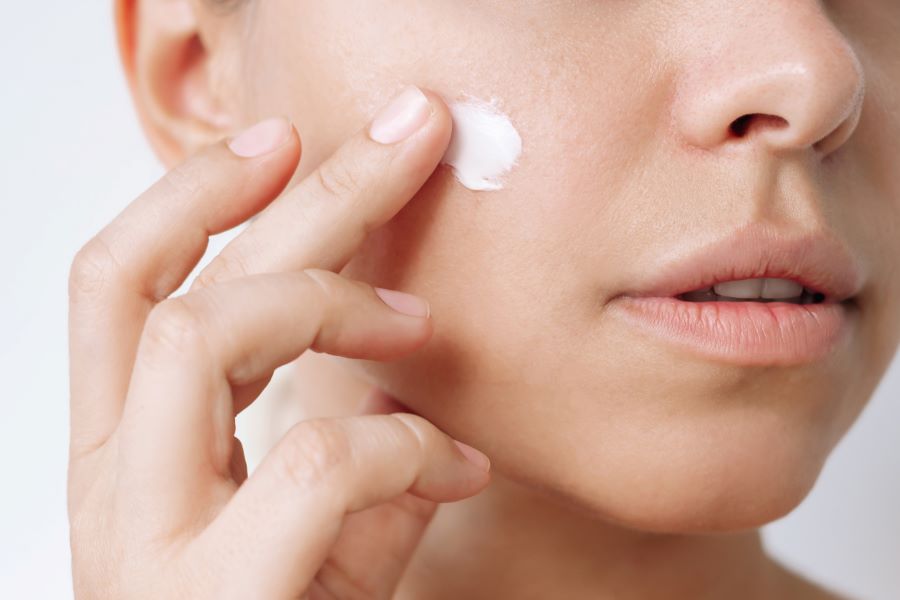Tanning Salons: Smart Choices for a Safe, Flattering Glow
Tanning salons remain a popular option for people seeking a controlled, year-round bronzed look. Whether you’re preparing for a special event or maintaining a seasonal hue, salons offer services from spray tans to UV tanning bed sessions, staffed by attendants who can guide timing and skin preparation. Understanding how salons operate, what to expect from tanning methods, and how these services intersect with beauty and skincare routines helps you choose an option that fits your goals and skin type while minimizing common risks.

This article is for informational purposes only and should not be considered medical advice. Please consult a qualified healthcare professional for personalized guidance and treatment.
Tanning: How does it work and who should consider it?
Tanning happens either by stimulating melanin in the skin with ultraviolet (UV) light or by applying colorants in spray or lotion form. UV tanning increases melanin production but also exposes skin to UVA/UVB radiation, which can accelerate aging and raise skin cancer risk. Self-tanning products (dihydroxyacetone, DHA) darken the outer skin layer without UV exposure and are often recommended for those prioritizing safety. People with fair skin, a history of skin cancer, or photosensitive conditions should consult a dermatologist before UV tanning. For others, balancing frequency, skin monitoring, and protective measures reduces unnecessary harm.
Salon: What should you look for in a professional salon?
A reputable salon will have trained staff, clear hygiene practices, and transparent information on tanning options and aftercare. Look for clean facilities, properly labeled products, well-maintained equipment, and staff who discuss skin type assessments and session timing. Licensed salons often follow local regulations regarding customer safety, protective eyewear, and session limits. Ask about technician qualifications, how surfaces and tanning beds are sanitized between clients, and whether patch tests are offered for spray products. Good communication with attendants ensures that the service matches your expectations and skin sensitivity.
Tanning bed: Types, safety, and session tips
Tanning beds use controlled UV lamps and come in various strengths and durations. Stand-up and lay-down beds differ in exposure patterns, and newer units may advertise lower UV output or specialized bulbs. Safety tips include using provided protective eyewear, following recommended session lengths, and spacing sessions to avoid overexposure. Never exceed the salon’s suggested schedule, and stop sessions if you notice excessive redness or discomfort. For people concerned about UV damage, consider sunless alternatives. When choosing a tanning bed session, request details about lamp age and maintenance; older bulbs can be less predictable in output.
Beauty: How tanning fits into a broader beauty routine
A tan can enhance perceived skin tone, disguise minor imperfections, and complement hair and makeup choices, but it’s one element in a comprehensive beauty approach. Combining a moderate tan with good hair care, eyebrow shaping, and makeup that matches your undertone creates a cohesive look. Remember that overreliance on UV tanning for beauty can accelerate fine lines, uneven pigmentation, and loss of elasticity. Many beauty professionals recommend spray tans or gradual self-tanners for adjustable color without UV exposure. Pair any tanning choice with regular exfoliation and moisture routines so color applies evenly and fades naturally.
Skincare: Preparing and caring for skin before and after tanning
Proper skincare before tanning improves results and reduces irritation. For UV tanning, cleanse and exfoliate gently 24–48 hours before a session to remove oils and dead skin, helping produce an even tan. Avoid heavy moisturizers, perfumes, or makeup immediately before UV or spray sessions. After tanning, hydrate skin with fragrance-free moisturizers and use SPF daily to maintain skin health—UV-exposed skin still needs protection to prevent further damage. For spray tans or self-tanners, follow the salon’s timing advice on when to shower and use sulfate-free cleansers to prolong color. Regular skin checks and prompt attention to unusual spots or persistent redness are important.
Conclusion
Tanning salons offer multiple ways to achieve a bronzed look, from traditional tanning bed sessions to modern spray and self-tanning services. Choosing the right option depends on your skin type, beauty priorities, and risk tolerance. Prioritize salons with transparent safety practices, follow recommended session guidelines, and integrate solid skincare before and after tanning. If you have skin concerns or a history of photosensitivity, consult a healthcare professional to determine the safest approach for your goals.






